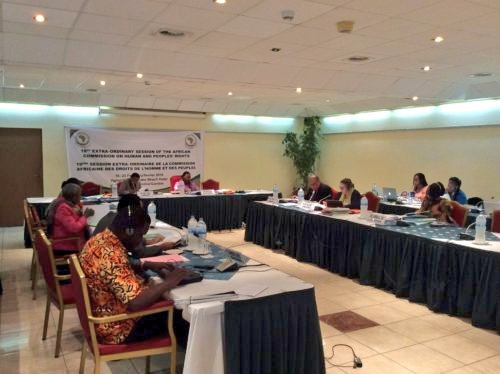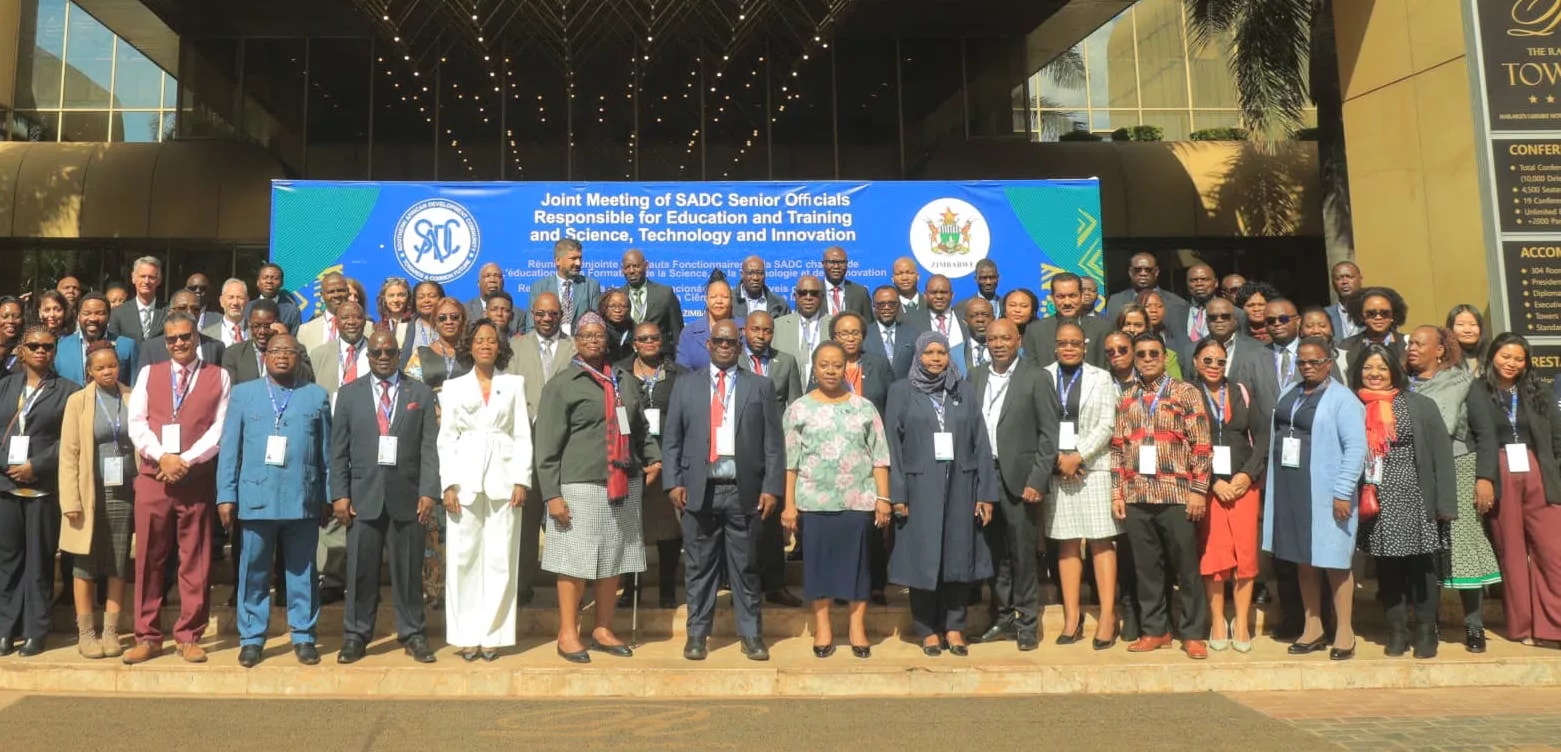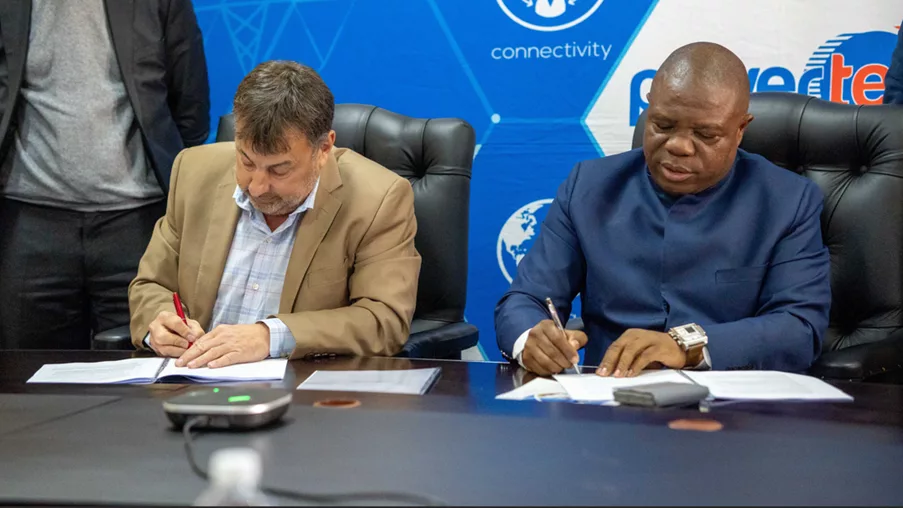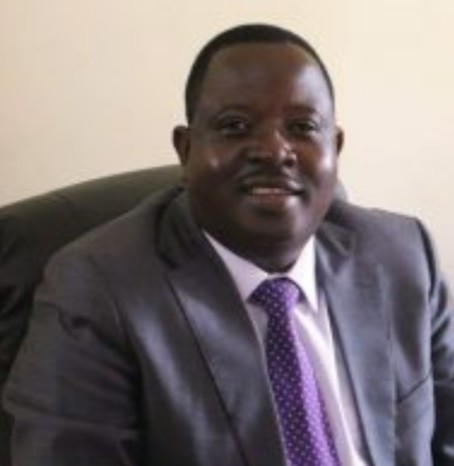By Veritas
The Protocol to the African Charter on Human and People’s Rights on the Rights of Women in Africa is commonly called the Maputo Protocol as it was adopted in Maputo, Mozambique, in July 2003. It entered into force in November 2005 after 15 of the then 53 African States had ratified it. To date out of 55 States that are members of the AU, 40 have signed and ratified it
Zimbabwe signed the Protocolon 18th November 2003. Signing by a Head of State does not make a country a party to the Protocol – it has to go through the Zimbabwe Parliament and then official documents ratifying the protocol are drawn up and lodged at the AU. Zimbabwe completed the process on 15th April 2008 and the instrument of ratification was deposited at the AU on 5th September 2008, at which date it took legal effect.
The Maputo Protocol is a treaty that is binding on all countries that ratify it. All countries that are parties to it have to commit themselves to the Protocol’s objectives by enacting appropriate domestic laws to harmonise their national laws with the Protocol, and taking necessary institutional and administrative measures to give effect to it. They must also popularise the Protocol to ensure that women and girls get to know the expansive catalogue of rights to which they are entitled so that the Protocol alters the lived realities of women in their countries.
Why a Special Protocol on Women’s Rights?
Work on establishing the Protocol started in 1995 after the a summit in Ethiopia of the Organisation of African Unity [now the African Union] resolved to commission a protocol to specifically address the rights of women in Africa. The reasoning behind this resolution was:
· Women play a crucial role in preserving African values and the principles of equality, peace, freedom, dignity, justice, solidarity and democracy.
· There has been little tangible progress in the status of women despite various international and domestic laws aimed at eliminating all forms of discrimination against women and promoting equality between women and men.
· There has been little progress in uplifting the status of African women despite the ratification of the African Charter on Human and Peoples’ Rights and other international human rights instruments by the majority of AU member states.
· Practices which hinder and endanger the normal growth and physical and psychological development of women and girls should be condemned and eliminated.
· The AU leadership was determined to commit themselves publicly to uplift the status of women and protect their rights so that they could enjoy fully all their human rights.
Africans therefore needed to craft their own specific instrument in addition to the African Charter and international instruments which would be relevant to the needs of African women. The objective was to have a shared legal instrument for the AU which member States could use to uplift the status of African women and protect their rights. The protocol could also be used by member states to hold each other accountable. Despite the existence of other international and domestic legal instruments, women in Africa continue to suffer from discrimination and harmful practices. The Protocol was the result of a decade-long process and inter-regional engagements between NGOs in the women’s rights movement and the various member states.
The Protocol is Part of the African Charter
The protocol is derived from provisions in the African Charter:
· Article 66 of the African Charter provides for the establishment of special protocols to support the Charter, such as this one specific to women’s rights.
· Article 2 recognises human rights and equality for all. It denounces discrimination which is based on race, ethnic group, colour, sex, language, religion, political or any other opinion, national and social origin, fortune, birth or other status.
· Article 18 charges member states with taking measures to eliminate all forms of discrimination against women.
· In Articles 60 & 61 Member states are called on to protect the rights of women as prescribed in regional and international instruments that are identified in those articles.
· Domestic laws of member countries which are consistent with the regional and international instruments are recognised.
Why is the Maputo Protocol So Important?
The Maputo Protocol is a ground-breaking women’s rights legal instrument that expands and reinforces the rights provided in other human rights instruments. It details wide-ranging and substantive human rights provisions for women, covering the entire spectrum of civil and political, economic, social and cultural as well as environmental rights.
On the fifteenth anniversary of the adoption of the Maputo Protocol the Centre for Human Rights at the University of Pretoria issued this statement:
“The Maputo Protocol is the continent’s foremost legal instrument on women’s rights. In fact, the Protocol is lauded as being the world’s most comprehensive binding legal instrument on women’s rights for its breadth of coverage and innovative provisions. As to its breadth, the Protocol includes all categories of rights from civil and political to socio-economic and even third generation rights articulated from a women’s rights perspective. However, it is on innovation that the Maputo Protocol truly comes into its own. It records a number of global firsts including being the first binding treaty to have provisions on: the right to a medical abortion, women’s rights in the context of HIV/AIDS, prohibition of harmful practices such as child marriage and FGM, among other notable firsts. In addition, the Protocol has also been celebrated for having an authentic African fingerprint in being an African tailored solution for African problems.”






